13 Essential Masonry Tools List: Different Types & Their Uses
-
- Last updated:
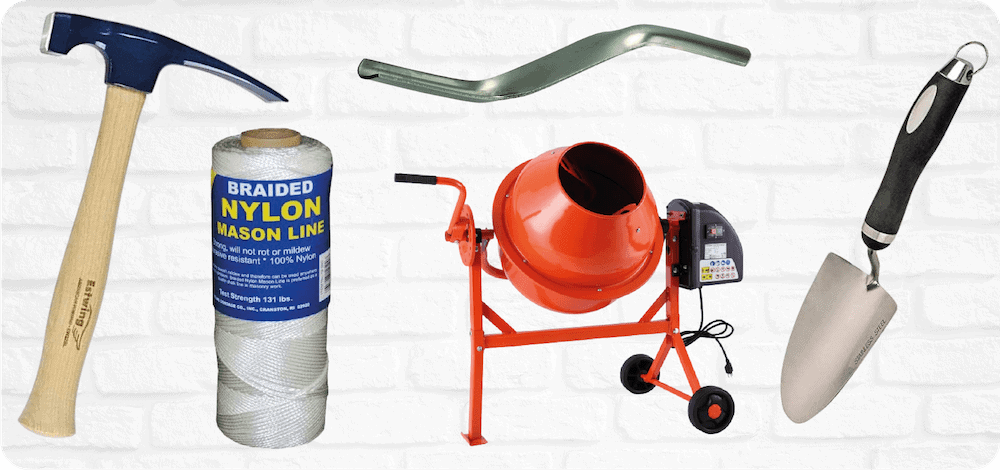

Laying brick and stone takes a different set of tools than most jobs. We have put together a list of 13 tools you will need to become a mason and given a brief example of what each is used for.

The 13 Essential Masonry Tools
1. Masonry Hammer
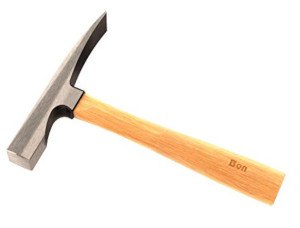
A masonry hammer is shaped like a claw hammer with a longer handle and a head, but that is where the similarity stops. The masonry hammer’s head is also two-sided, like the claw hammer, but one side has a square face on it, made for pounding in nails. The other side of the head has a long chisel-like tip that is very sharp. This side is used to split bricks or break small pieces of rocks.
2. Trowel
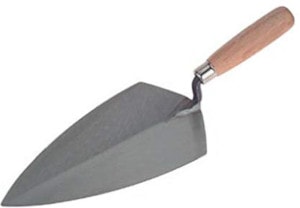
A trowel is a small pie-shaped tool attached to a small handle. It is used to pick up mortar and spread it onto the bricks. Sometimes the brick may get set down a little out of alignment. The butt end of the handle can be used to tap it into place. Trowels come in all shapes and sizes. The one that you use depends on how big or how special the job is.
3. Masonry Saws
There are two different kinds of masonry saws:
- Hand Saw
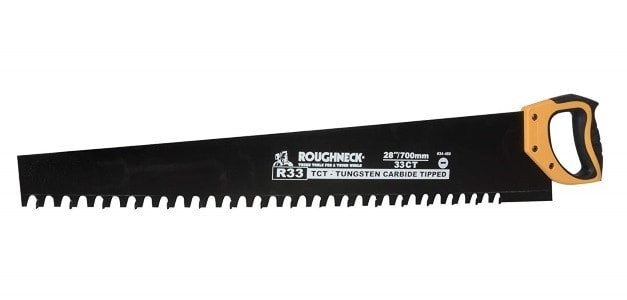
The masonry hand saw looks a lot like a standard hand saw, but it has longer blades and larger teeth. The blade on this saw is only 6 to 7 inches tall, and a standard brick is eight inches tall. That means that you can’t cut through the brick with the saw, but by cutting as far as you can and breaking the rest off with your masonry hammer, you get the job done much faster and more efficiently than if you had done the whole thing with the hammer.
- Power Saw
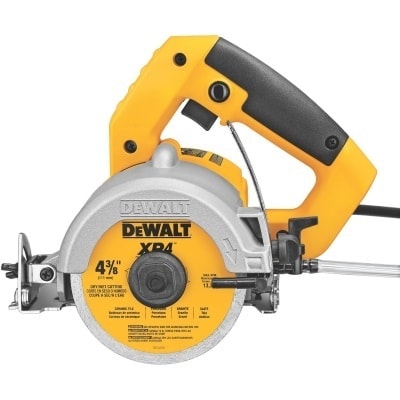
Masons use a circular saw with a diamond blade to cut brick because it is the hardest. They don’t cut through the brick because doing so may damage the surface underneath the brick.
These saws can be handheld or mounted to a table and used like a table saw. The table saw makes the cleanest cuts that you can get.
4. Masonry Square
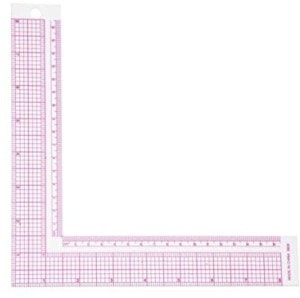
The masonry square looks like a standard square, but it is usually made of wood or plastic. The square is used at the corner of two perpendicular walls to ensure the bricks are set at an exact 90° angle.
5. Mason’s Level

The mason’s level looks like a standard level, but it is usually made of wood or plastic and is very lightweight. These levels, like standard levels, have vials in them set at different angles, and each vial has an air bubble. There are two lines marking the center of each vial. When the bubble is in between the two center lines, the mason knows that the surface is level.
Masons establish two kinds of lines with a level:
- A plumb line: a line that is perfectly vertical
- A level line: a line that is perfectly horizontal
6. Straight Edges
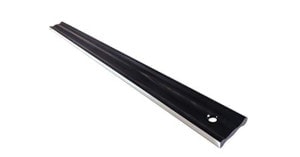
A straight edge is used to make level or plumb lines longer. It is generally about 1 ½ inches thick, 6 to 10 inches wide, and up to 16 feet long. It is extremely important that the top and bottom edges of a straight edge are perfectly parallel. Even the slightest warp can throw everything off.
7. Jointers
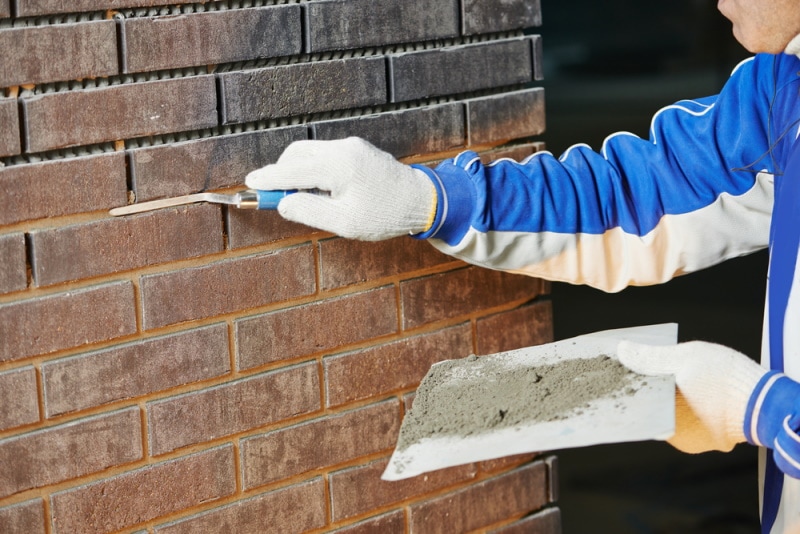
Jointers are made to make mortar joints: the spaces between bricks where the mortar is seen. Many jointers look like long, flat metal bars bent in the middle. They may be round, flat, or pointed. The shape that masons use is determined by the type of joint they need to make.
8. Mixing Tools

There are several different tools that can be used to mix mortar. You can get an electric mixer, or you can use a standard shovel and hoe. Just add water, mix well, and you are ready to go.
9. Mashing Hammer

The mashing hammer weighs 2 to 4 pounds and has a double-sided pounding head. This hammer is used to hit chisels to split brick or stone.
- Related Read: 40 Different Types of Hammers (with Pictures)
10. Blocking Chisel

A blocking chisel is made from heavy-duty steel and can be as large as 8 inches long. It is made specifically to split large numbers of blocks. Using a mashing hammer and blocking chisel is more efficient than a masonry hammer because you place the chisel exactly where you want to make your split. There is no guarantee that a masonry hammer will land exactly where you want it to.
11. Mason’s Line
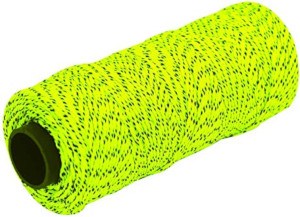
A mason’s line is a heavy twine that marks out a complete wall in one shot. The line is wrapped around blocks placed at each corner of the wall. The blocks are secured in the ground, and the twine is tightened, which provides a straight line to follow.
12. Tape Measure
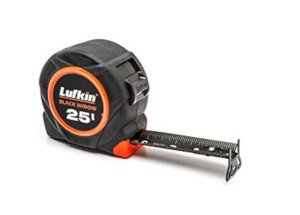
Tape measures are used to measure where your walls begin and end or how large an opening is meant to be.
13. Brushes

Soft-bristled brushes are used to remove any excess mortar.
Our list highlighted the basic tools you need to do a masonry job. Hopefully, it will help you prepare before you start yours.
Related Reads:
- 10 Genius Re-purposing Ideas For Your Wine Rack
- 15 Smart Uses For Wood Chips – Recycling And Reusing Ideas
- 12 Uses For Your Air Compressor At Home – Smart Ideas And Tricks
Contents

